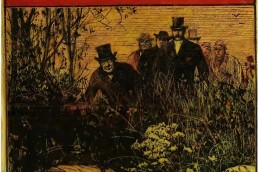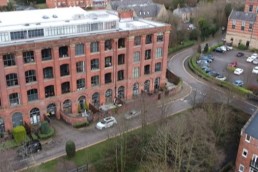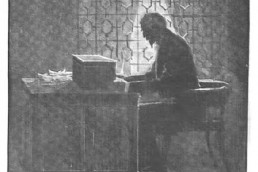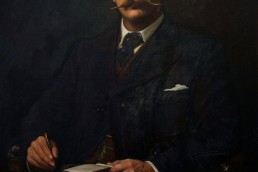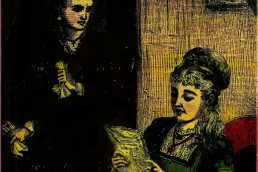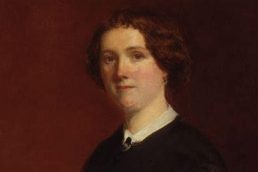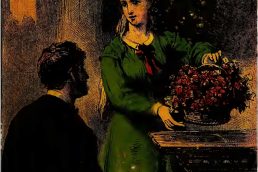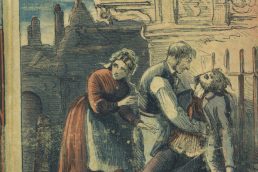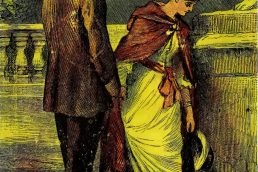From her humble home in Bolton to a revolutionary career as an educational psychologist, Susan Isaacs established that she was an extraordinary Victorian woman. With sources from The British Library to The Melanie Klein Trust we will discover more about why Isaacs was so remarkable.
Susan Sutherland Isaacs was born in Turton, Bolton in a small terrace cottage on Bradshaw Brow in 1885 to skilled working-class parents. Susan was the second youngest of eight children. Her father was a saddler who later became a local journalist for Tillotson and Son newspaper, The Bolton Evening News, and he was also a Methodist preacher. Susan’s mother was a milliner and sadly passed away when Susan was six years old (Philip Graham, 2009).
As with many women in the Victorian era, she became a governess and only began her further education in her twenties. Women in the Victorian era rarely became educated unless middle or upper class, even then it was aimed more towards arts rather than scholarly education and aimed at making themselves a better wife. Here is a link to an article from the British Museum about education in the Victorian period and outlining women’s roles in education.
She started her education at Mawdsley Street Board School, but at the age of fourteen her father removed her due to her disruptive behavior and her atheistic socialism which caused a further rift between them (Matthew Pelcowitz, 2012). After a brief period working as an apprentice, photographer Susan became a governess and travelled to Morocco with the family.
Having spent a year in Morrocco, Susan came home and started working in a private school. However she wanted to take her education further and enrolled at Manchester University, initially studying nursery school teaching, before progressing into a bachelor’s degree in philosophy and a master’s in psychology. In 1914 she married her first husband, William B. Brierley, who was a Botany lecturer and moved to London taking the post of a tutor in psychology at London University.
In 1924 Geoffery Pyke advertised for ‘an educated young woman with honors degree-preferably first class- or equivalent, to conduct education of a small group of children aged two and half to seven years, as a piece of scientific and research’ (Graham, 2009). Susan got the job and became the first Head Teacher at The Malting House School in Cambridge. The Malting House was no average school: Pyke and Isaacs agreed before opening its doors that there would be no lessons and that the children would have the choice to decide what to read and which activity they would like to do within the school. Children led their own education, and nothing was ever forcibly taught. This was Susan’s starting point into her theory that children learned a lot more through play than the outdated Victorian model of schools where punishment and the three R’s were preferred methods of teaching.
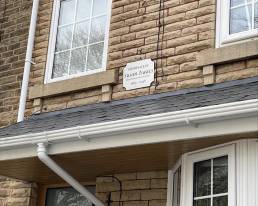

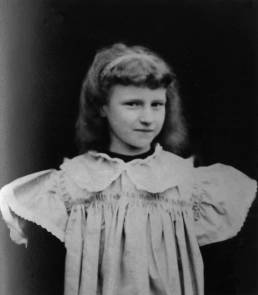

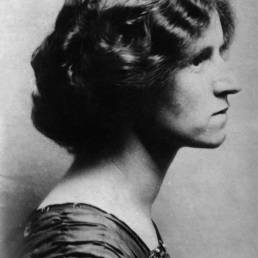

Upon the school’s closure, Susan wrote about her research gained from the years teaching in the school, the book Intellectual Growth in Young Children (1930) reiterated her thoughts on how children learn from their own observations and experiences (Boswell, 2016). She also wrote critiques on Jean Piaget’s notable works often challenging them in favor of her own research findings from her time at The Malting House. As recently as 2005, it was observed that Susan’s holistic approach to children’s education is something from which teaching practitioners should seek to learn (Tricia David, 2005).
Susan dedicated her life to the education of children, becoming the first Head of the Child Development Department at the Institute of Education, University of London, and created a comprehensive teaching course for children’s development for future educators. In 1935 she was diagnosed with breast cancer and suffered with ill health for the rest of her life; this, however, did not stop this amazing woman from traveling the globe to give lectures. In 1948 she received a CBE for her contribution to education and later the same year died.
Bibliography
Boswell, J. (2016) Susan Sutherland Isaacs – Melanie Klein Trust. [Online] Melanie-klein-trust.org.uk. Available at: <https://melanie-klein-trust.org.uk/writers/susan-isaacs/> [Accessed 21 April 2021].
David, T. (2005) Early Years Pioneers: Susan Isaacs. [Online] Nursery World. Available at: <https://www.nurseryworld.co.uk/features/article/early-years-pioneers-susan-isaacs> [Accessed 21 April 2021].
Graham, P. (2009) A biography of Susan Isaacs. London: Karnac.
Pelcowitz, M. (2012) Feminist Voices – Susan Isaacs. [Online] Feminist Voices. Available at: <https://feministvoices.com/profiles/susan-isaacs> [Accessed 21 April 2021].
Picard, l. (2009) Education in Victorian Britain. [Online] The British Library. Available at: <https://www.bl.uk/victorian-britain/articles/education-in-victorian-britain> [Accessed 21 April 2021].
Bibliography
Colby, Robert A. (1985) “Tale Bearing in the 1890s: The Author and Fiction Syndication”. Victorian Periodicals Review. Vol.18, No.1, pp. 2-16.
Hilliard, Christopher (2009) “The Provincial Press and the Imperial Traffic in Fiction, 1870s-1930s”. Journal of British Studies. Vol.48, No.3, pp. 653-673.
Johanningsmeier, Charles (1995) “Newspaper Syndicates of the Late Nineteenth Century: Overlooked Forces in the American Literary Marketplace”. Publishing History. Vol. 37, No.1, pp. 61-82.
Jones, Aled (1984) “Tillotson’s Fiction Bureau: The Manchester Manuscripts”. Victorian Periodicals Review. Vol.17, No.1, pp. 43-49.
Singleton, Frank (1950) Tillotson’s 1850-1950: Centenary of a Family Business. Bolton: Tillotson & Son Ltd.


